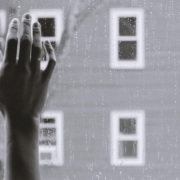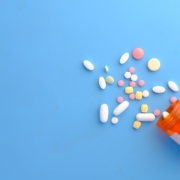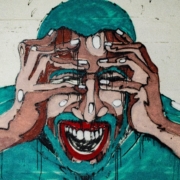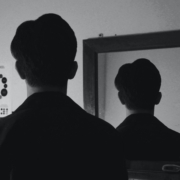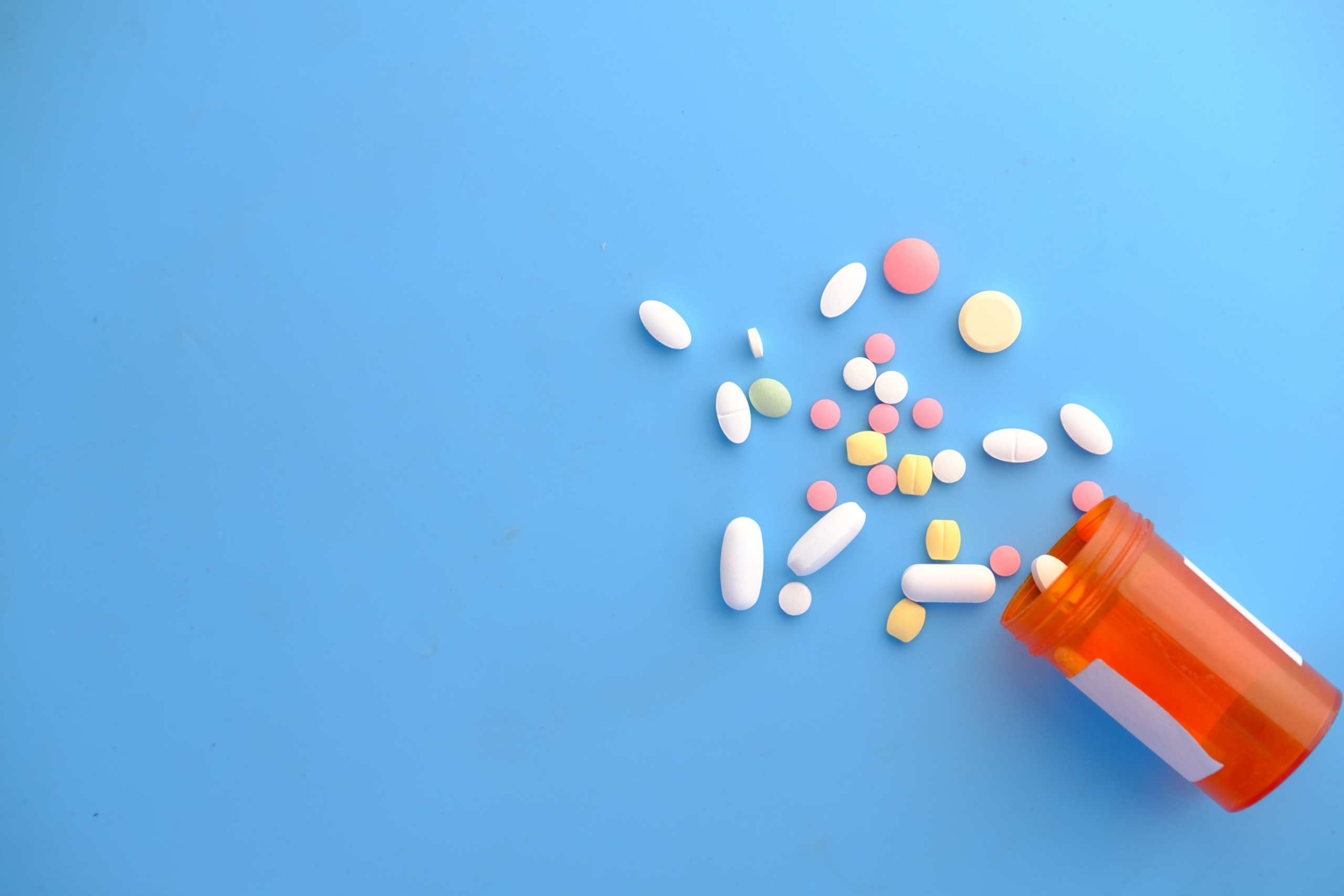Syndrome Series: What is Depression
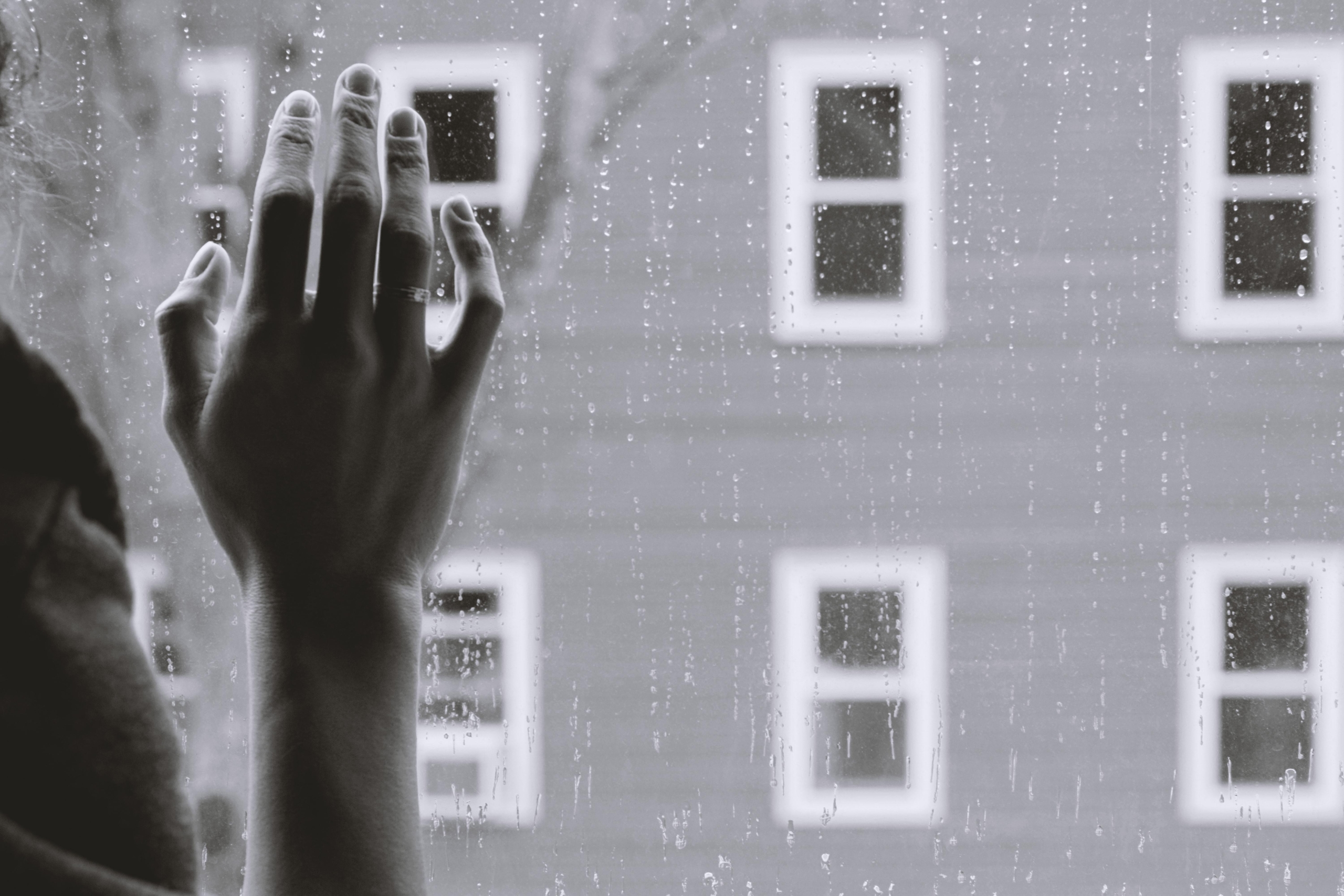
What is depression?
Everyone experiences a range of emotions that typically vary based on events and circumstances. Normally feelings of disappointment, sadness, and grief ebb and flow. By contrast, depression tends to feel heavy and constant. People who are depressed are less likely to be feel happy, have good days, be cheered, comforted, or consoled. Clinically, a major depressive episode is characterized by at least two weeks of depressed mood or a loss of interest in enjoyable activities. It also includes a number of other symptoms which may include difficulties with sleep, feelings of worthlessness or guilt, fatigue, difficulty concentrating, appetite changes, or recurrent thoughts of death or suicide.
Depression and Suicide
According to the Centers for Disease Control and Prevention (CDC) in 2018, suicide was the 10th leading cause of death overall in the United States, claiming the lives of over 48,000 people. It is the 14th leading cause of death globally. Individuals dealing with depression are at a higher risk of suicide than other individuals. Some studies estimate this risk to be 20-30 times higher than the non-depressed population. Other risk factors for suicide include past history of suicide attempt, history of self-directed violence, family history of suicide, having a psychiatric disorder, lack of social supports, history of childhood abuse, substance use, homelessness, access to firearms, and more.
Depression and Bereavement
Grief or bereavement is the powerful emotional response that occurs following the death of a loved one or other difficult losses in life. Stages of bereavement may include denial and isolation, anger, bargaining, sadness, and acceptance. The majority of survivors heal over time and their symptoms of grief gradually improve as they resume their routines and activities. They are able to function in their life. Complicated grief occurs when grief responses are considered excessive and depression may occur if individuals do not progress through the normal healing process and have continued symptoms and dysfunction and prolonged feelings of sadness and hopelessness.
First Line Treatments
Moderate to severe: Antidepressants are recommended for the treatment of moderate to severe depression and for dysthymia (persistent depressive disorder).
Mild: Active monitoring, individual guided self‐help, exercise, cognitive behavioral therapy (CBT), or other psychotherapy protocols are preferred.2 Antidepressant medications are not recommended as a first‐line treatment in recent‐onset mild depression.
Psychotherapy
Multiple meta-analyses show psychological therapies to be as effective as antidepressant medications for those with mild or moderate severity of depression. Studies also demonstrate the effectiveness of a number of different types of therapy in depression3. Effective therapies include:
•Cognitive behavior therapy (CBT): based on the idea that our thoughts (cognitions), behaviors, and emotions are all interrelated, so that if we change one then we change the rest.
•Interpersonal psychotherapy (IPT): intervention that focuses on relieving symptoms by improving interpersonal functioning. A central idea in IPT is that psychological symptoms can be understood as a response to current difficulties in everyday relationships with other people.
•Psychodynamic psychotherapy: the psychological interpretation of mental and emotional processes. Rooted in traditional psychoanalysis, it draws from object relations, ego psychology, and self psychology. It was developed as a simpler, less-lengthy alternative to psychoanalysis.
•Problem-solving therapy (PST): brief intervention patients experiencing depression and distress related to inefficient problem-solving skills. The PST model instructs patients on problem identification, efficient problem-solving, and managing associated depressive symptoms.
•Non-directive supportive therapy: relies on the therapeutic alliance to alleviate symptoms, improve self-esteem, restore relation to reality, regulate impulses and negative thinking, and reinforce the ability to cope with life stressors and challenges.
•Behavioral activation therapy: behavioral activation is a component of CBT but behavioral strategies can also be used alone. Behavioral activation is based on the theory that, as individuals become depressed, they tend to engage in increasing avoidance and isolation, which serves to maintain or worsen their symptoms
Pharmaceuticals
There are a number of available antidepressant classes that have evidence for the treatment of depression, anxiety, and other disorders. Each class of antidepressants have a unique mechanism but they all act to manipulate the levels of neurotransmitters in the brain that are responsible for modulating mood and emotions. Examples include serotonin, norepinephrine, and dopamine. Classes of antidepressants include: Selective serotonin reuptake inhibitors (SSRIs); Serotonin-norepinephrine reuptake inhibitors (SNRIs); Tricyclic antidepressants (TCAs) and Tetracyclic antidepressants; Monoamine oxidase inhibitors (MAOIs); and novel or atypical antidepressants.
All antidepressant classes have similar treatment response rates in treating major depression but vary in their mechanism of action, safety, and side effect profiles. SSRIs and SNRIs are the most commonly prescribed antidepressants and are considered first-line treatment due to several distinct advantages:
- Low side effect profile, most of which resolve with time
- No food restrictions (unlike MAOIs)
- Much safer in overdose (unlike TCAs and MAOIs)
Practice Question:
A 47-year-old patient comes in discussing feelings of tiredness, decreased appetite, intense periods of irritation, lack of enjoyment in activities they once enjoyed, interpersonal relationship issues, and suicidal ideation. Which FDA-approved pharmaceutical treatment is the first-line treatment for a patient experiencing these symptoms?
A Escitalopram
B Risperidone
C Clozapine
D Fluvoxamine
E Imipramine
Answer: A
Explanation: In older adults suffering from depression, the first line of treatment are SSRIs, such as escitalopram (choice A). Fluvoxamine (choice D) is an SSRI that is only approved for OCD. If the patient had come forward with symptoms for schizophrenia, then an antipsychotic medication, such as clozapine (choice C), would be a good medication to consider prescribing. Risperdal (choice B) is an antipsychotic that is more useful in cases of aggression. Other antidepressants, such as monoamine oxidase inhibitors and tricyclic medications (choice E), are very effective in treating depressive disorders, but these medications are not amongst the group of medications that should be used as a first-line treatment option.
Ready to learn more? Give our question banks a try- FREE- using our Free Trial! Or if you’re ready to take the plunge, check out our Question Banks and find the perfect fit for you! Or, contact us with any questions you have so we can get you on the right path today!
REFERENCES
1. Hasin DS, Sarvet AL, Meyers JL, et al. Epidemiology of Adult DSM-5 Major Depressive Disorder and Its Specifiers in the United States. JAMA Psychiatry. 2018;75(4):336–346. doi:10.1001/jamapsychiatry.2017.4602
2. National Institute for Health and Care Excellence. (2009). Depression in adults: recognition and management. Retrieved from https://www.nice.org.uk/guidance/cg90/chapter/Recommendations
3. Cuijpers, P., Andersson, G., Donker, T., & van Straten, A. (2011). Psychological treatment of depression: results of a series of meta-analyses. Nordic journal of psychiatry, 65(6), 354–364. https://doi.org/10.3109/08039488.2011.596570
4. Blumenthal SR, Castro VM, Clements CC, et al. An Electronic Health Records Study of Long-Term Weight Gain Following Antidepressant Use. JAMA Psychiatry. 2014;71(8):889–896. doi:10.1001/jamapsychiatry.2014.414
5. Voican, C. S., Corruble, E., Naveau., and Perlemuter, G. (2014). Antidepressant-Induced Liver Injury: A Review for Clinicians. The American Journal of Psychiatry. https://doi.org/10.1176/appi.ajp.2013.13050709
6. Ward, S. W., Reach, W. J., & Thomas, C. (2016). When to adjust the dosing of psychotropics in patients with renal impairment. Current Psychiatry, 15(8), 60–66.
7. Puckett, J. A., Beach, S. R., & Taylor, J. B. (2020). Pocket psychiatry. Wolters Kluwer.
8. Gaynes BN, Asher G, Gartlehner G, Hoffman V, Green J, Boland J, Lux L, Weber RP, Randolph C, Bann C, Coker-Schwimmer E, Viswanathan M, Lohr KN. Definition of Treatment-Resistant Depression in the Medicare Population. Technology Assessment Program. Project ID: PSYT0816. (Prepared by RTI–UNC Evidence-Based Practice Center under Contract No. HHSA290201500011I_HHSA29032006T). Rockville, MD: Agency for Healthcare Research and Quality. February 2018. http://www.ahrq.gov/clinic/epcix.htm.
9. Taylor, D., Barnes, T. R. E., Young, A. H. (2018). Depression. The Maudsley Prescribing Guidelines in Psychiatry (13th ed., pp. 208–212). Wiley Blackwell.
10. Williams, N. R., Taylor, J. J., Kerns, S., Short, E. B., Kantor, E. M., & George, M. S. (2014). Interventional psychiatry: why now?. The Journal of clinical psychiatry, 75(8), 895–897. https://doi.org/10.4088/JCP.13l08745
11. United States Food and Drug Administration approved labelling. https://www.accessdata.fda.gov/drugsatfda_docs/label/2020/211243s004lbl.pdf (Accessed on August 10, 2020).

